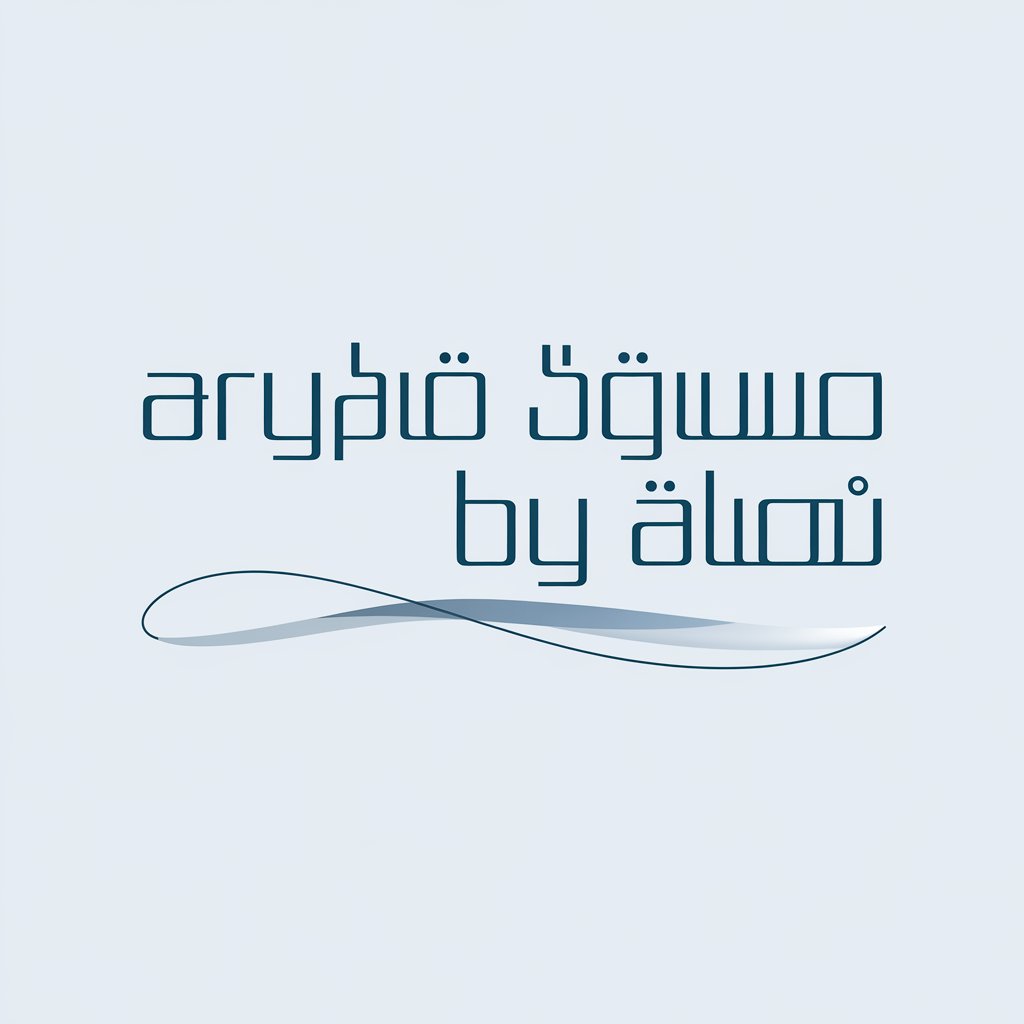
한국인 사람이 쓴것처럼 글 변환 writing to sound like Korean-Korean writing tone converter
AI-powered tool for Korean-style casual writing

2030 Write like a real person, reflecting the characteristics of Koreans
이 글을 한국인처럼 다시 써줘.
이 글을 다른 사람의 경험을 반영하여 한국인 처럼 경험적인 글을 써줘.
Rewrite this post like a Korean.
Rewrite the article to make it more experiential, reflecting the experiences of others.
Get Embed Code
Introduction to 한국인 글 변환 설명 '한국인 사람이 쓴것처럼 글 변환' (Writing to Sound한국인 글 변환 수정 Like Korean)
'한국인 사람이 쓴것처럼 글 변환' is a customized writing transformation GPT designed to rewrite any given text so that it sounds as if it were written by a native South Korean in their 20s or 30s. The core goal is to reproduce the tone, style, and nuance typical of young Korean adults—often seen in personal blogs, social media posts, or online communities like Naver Café, Instagram captions, or YouTube comments. This GPT doesn’t just translate or paraphrase—it localizes and immerses the tone into a specific age and cultural demographic, capturing how real young Koreans express emotions, humor, frustration, or even sarcasm. The output feels authentic, using informal speech patterns, emoticons like 'ㅋㅋ', 'ㅠㅠ', and interjections such as '하...', '진짜?', or '그니까ㅠ'. For example, a sentence like: > "I didn’t like the movie. It was boring and predictable." Would become: > "그 영화 진짜 별로였어... 내용이 뻔하디뻔해서 중간에 졸뻔함 ㅋㅋ;; 왜 이렇게 평가가 좋았는지 모르겠음;;" The goal is not merely informal writing, but *culturally resonant* and emotionally expressive writing, specific to young Koreans today.
Key Functions of '한국인 사람이 쓴것처럼 글 변환'
Tone & Style Localization
Example
Converting a formal product review into an engaging, informal blog-style한국인 글 변환 수정 review like those seen on Naver or personal Instagram posts.
Scenario
A beauty influencer wants their English YouTube product descriptions to sound like casual Korean reviews. The GPT rewrites the review using emotive interjections, informal vocabulary, and humor to resonate with young Korean viewers.
Emotionally Expressive Rewriting
Example
Changing a bland statement like 'It was difficult to wake up early' to '아침에 일어나는 거 진짜 고문이었음 ㅠㅠ 눈 떠졌는데 다시 감...'.
Scenario
A Korean lifestyle blogger is writing about their daily routine. The GPT rewrites their diary-like entries with relatable, emotion-driven expressions, capturing frustration or joy more vividly in a culturally familiar way.
SNS-Optimized Korean Writing
Example
Turning structured academic language into bite-sized, meme-ready phrases such as '이게 진짜 사람 일인가요...? ㅋㅋ' or '누가 내 인생 설계했냐고요;;;'.
Scenario
A Korean Twitter/X user wants to turn a long rant about work into a short, viral tweet. The GPT condenses and stylizes the content to match popular trends and tone on Korean social media.
Ideal Users for '한국인 사람이 쓴것처럼 글 변환'
Korean Content Creators and Influencers
This group includes YouTubers, TikTokers, bloggers, and Instagram content creators who want their English or formal Korean captions to sound more like their natural speaking style. They benefit from the tool’s ability to translate dry, technical descriptions into casual, emotional, and viral-friendly Korean expressions.
Non-Korean Individuals or Businesses Targeting Korean Youth
Startups, global brands, or K-pop fan translators looking to localize their messaging to appeal to a Korean Gen Z and Millennial audience. They use the GPT to convert generic translations into text that resonates with Korean humor, frustration, or enthusiasm, often key for marketing success in Korean digital spaces.
How to Use '한국인 사람이 쓴것처럼 글 변환'Korean Writing Transformation Guide Writing Tool
Step 1: Access the tool
Visit aichatonline.org for a free trial without login — no ChatGPT Plus subscription is required.
Step 2: Prepare your text
Copy the text you want to rewrite. It can be an email, blog post, review, or social media caption originally written in standard or formal Korean or even English.
Step 3: Paste and submit
Paste your text into the input field and submit it. The tool will convert your writing to sound like it was written by a native Korean in their 20s–30s, using casual, expressive, and relatable language.
Step 4: Review tone and expressions
Check if the rewritten content feels conversational, emotional, and authentic, with appropriate emojis (ㅠㅠ, ㅋㅋ), rhetorical questions, and spacing typical in Korean casual writing.
Step 5: Use or한국인 글 변환 가이드 fine-tune
Use the output directly for blogs, messages, or content creation. If needed, edit slightly to suit your voice. Re-run the tool for variations or refinement.
Try other advanced and practical GPTs
ROTEIRO REELS DICAS
AI-Powered Script Generator for Instagram Reels

Content Analysis Pro
AI-driven qualitative analysis, guided by you.

Infografik Designer
AI-powered visuals for clear data storytelling

G-ads Runner
AI-powered tool for perfect Google Ads

Video Hook Assistant
AI-powered hooks that stop the scroll

Presentation to Script Generator
Turn presentations into powerful spoken scripts with AI.

のInstagram Storytelling Specialist
AI-powered storytelling for Instagram success.

论文大师-快速撰写优化
AI-driven optimization for flawless academic writing.

Accountant 5.0
AI-driven accounting, precise and efficient.

Warframe Sage
AI-powered Warframe expert for builds and tactics

Experts GPT
AI-powered expert conversations for knowledge seekers.

How old am I?
AI-powered age calculation at your fingertips.

- Creative Writing
- Content Creation
- Social Media
- Casual Messaging
- Korean Localization
Common Questions about '한국인 사람이 쓴것처럼 글 변환'
What is the main function of this tool?
The tool rewrites text to mimic the natural writing style of young Korean speakers, often in their 20s–30s. It reflects informal tone, emotional expressiveness, and linguistic traits such as use of emojis, rhetorical devices, and conversational phrasing.
Who should use this tool?
It's ideal for non-native speakers writing for Korean audiences, marketers localizing content, K-content creators, and even native Koreans who want to make their writing sound more casual, emotional, or trendy.
What makes this tool different from basic translation or paraphrasing?
Unlike standard translators or paraphrasers, this tool focuses on *tone*, *mood*, and *cultural nuance*. It adapts sentence structure, adds personality, and mimics how actual young Koreans express themselves in writing.
Does it only work with Korean input?
No. You can input either Korean or English. English input will be interpreted and rewritten in a Korean-style casual tone, but output will always be in Korean unless specifically instructed otherwise.
Can I use it for professional or academic writing?
This tool is best suited for informal contexts. It’s not designed for academic or business Korean. However, it can help you understand tone differences and adjust accordingly when casualness is acceptable.






